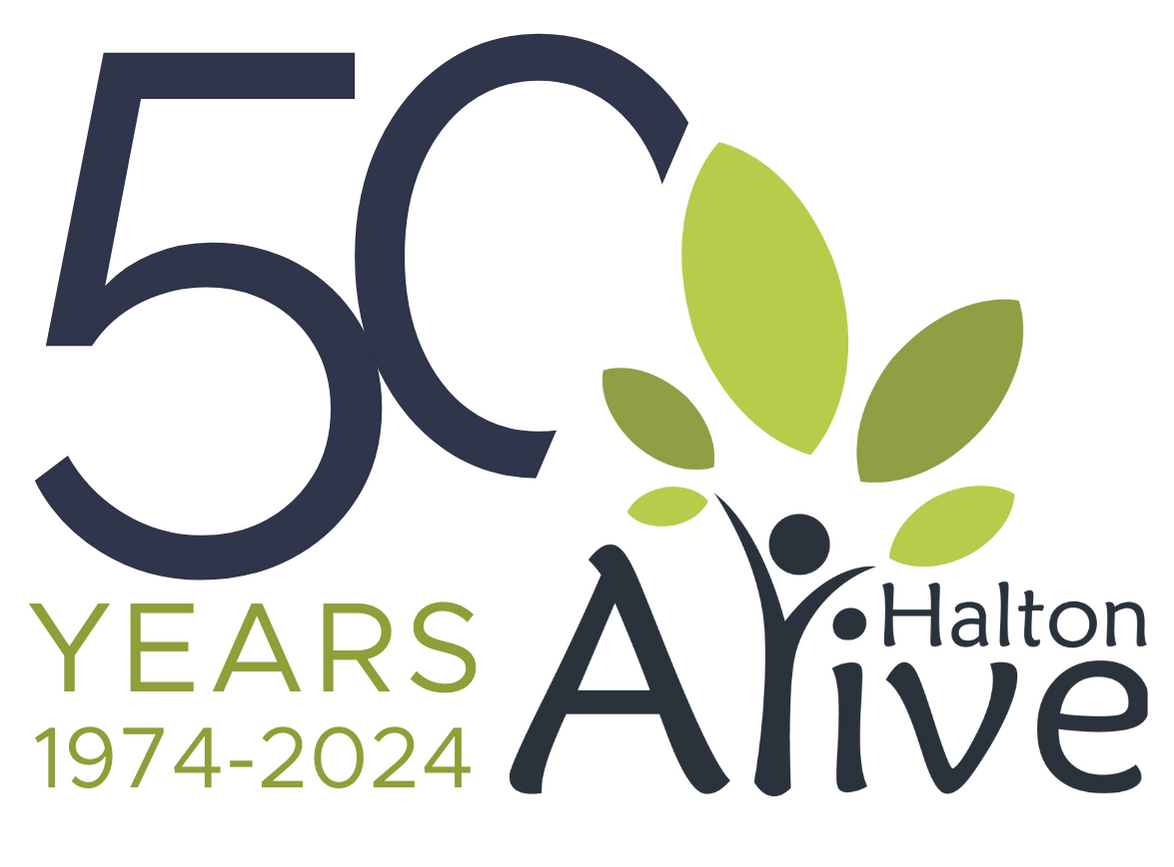Life in the Womb
LIFE BEFORE BIRTH
Most significant developmental milestones occur long before birth during the first eight weeks following conception when most body parts and all body systems appear and begin to function.
The main divisions of the body, such as the head, chest, abdomen and pelvis, and arms and legs are established by about four weeks after conception. Eight weeks after conception, except for the small size, the developing human’s overall appearance and many internal structures closely resemble the newborn.
Pregnancy is not just a time for growing all the parts of the body. It is also a time of preparation for survival after birth. Many common daily activities seen in children and adults begin in the womb—starting more than 30 weeks before birth. These activities include hiccups, touching the face, breathing motions, urination, right- or left-handedness, thumb sucking, swallowing, yawning, jaw movement, reflexes, REM sleep, hearing, taste, sensation, and so on.
Full-term pregnancy typically lasts 38 weeks from conception or 40 weeks from the first day of a woman’s last normal menstrual period.
CONCEPTION
Life begins at conception, when the sperm and the female egg or ovum, meet to form a single cell embryo. This brand new embryo contains the original copy of a new individual’s complete genetic code, that will determine the characteristics it will have for the rest of their life. Biological sex, eye color, and other traits are determined at conception, also known as fertilization. This new human life is totally unique.
RAPID CELL DIVISION
The cells of the embryo repeatedly divide as the embryo moves through the Fallopian tube into the woman’s uterus or womb. Implantation, the process whereby the embryo embeds itself into the wall of the womb where it is nourished and grows, begins by the end of the first week and is completed during the second week of pregnancy.
THE HEART BEAT
By 3 weeks, development of the brain, spinal cord, and heart is well underway.
The heart begins beating at 3 weeks and one day and is visible by ultrasound almost immediately.
By 4 weeks, the heart is pumping the embryo’s own blood to his or her brain and body. All four chambers of the heart are present and more than 1 million heartbeats have occurred. The head, as well as the chest and abdominal cavities have formed and the beginnings of the arms and legs are easily seen.
The 4-week embryo measures less than ¼ of an inch long from head to rump.
4 TO 6 WEEKS
Rapid brain development continues with the appearance of the cerebral hemispheres at 4½ weeks.
The embryo reflexively turns away in response to light touch on the face at 5½ weeks.
Fingers are beginning to form on the hand.
By 6 weeks the developing human measures about a ½ inch from head to rump.
8 Weeks
6 TO 8 WEEKS
Brainwaves have been measured and recorded before 6½ weeks.
Also by 6½ weeks, the bones of the jaw and collar bone begin to harden.
By 7 weeks the hands move, the neck turns, and hiccups begin. Girls now have ovaries and boys have testes. The embryo’s heart rate peaks at about 170 beats per minute and will gradually slow down until birth.
Electrical recordings of the heart at 7½ weeks are very similar to the EKG tracing of a newborn. The heart is nearly fully formed.
By 8 weeks kidneys begin to produce and release urine, and intermittent breathing motions begin. All fingers and toes are free and fully formed, and several hundred muscles are present. The hands and feet move frequently and most embryos show the first signs of right- or left-handedness.
Experts estimate the 8-week embryo possesses approximately 90% of the 4,500 body parts found in adults. This means that approximately 4,000 permanent body parts are present just eight weeks after conception.
12 WEEKS
At 12 weeks, the baby is very active. He can kick his legs, curl his toes, squint, turn his head, open his mouth and swallow. The baby urinates. Vocal chords and taste buds form. The baby responds to skin stimulation. She can make complex facial expressions and even smile.
16 WEEKS
By 16 weeks, the baby is 5 1/2 inches long and weighs nearly a pound. He can hear and respond to music. Fine details of development are present such as fingernails and eyelashes. Throughout his time in utero, the unborn child is nourished with food, water and oxygen by his mother through the placenta.
20 WEEKS
20 weeks is considered the point of viability in Canada, according to the Canadian Medical Association; viability is the point at which the child can survive outside the womb. Babies born even earlier than twenty weeks have survived.
Surgery can be performed on unborn babies. The first ever fetal surgery was done in 1981. Since that time, the field of maternal fetal medicine has expanded to include numerous surgeries for unborn children, such as tumour removals and corrections to the spine for babies with spina bifida.
7 MONTHS
At 7 months, the unborn child is about 1/3 of her estimated birth weight and her lungs are capable of breathing air. The baby sleeps most of the time.
See more incredible videos of prenatal development at the
Endowment for Human Development website.
More Resources About Fetal Development:
The First Nine Months
For a complete prenatal overview, visit the Endowment for Human Development website.
WebMD: Month by Month Fetal development slideshow
The Endowment for Human Development
Great teaching tools
Beautiful (downloadable) videos
development tracker
Interactive Prenatal Development Timeline
Video: Make Room for Baby
visual of how the human body makes space for a growing baby








